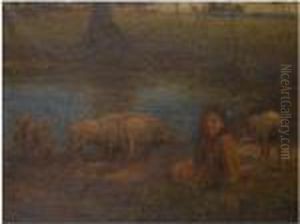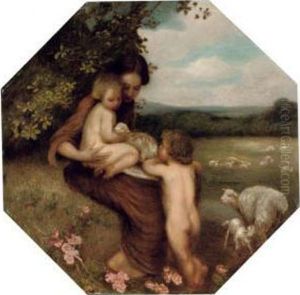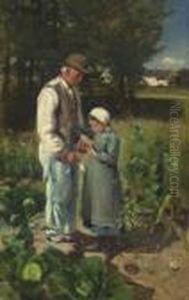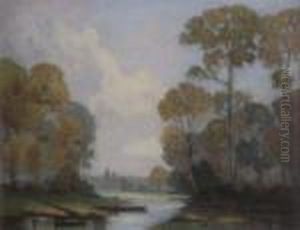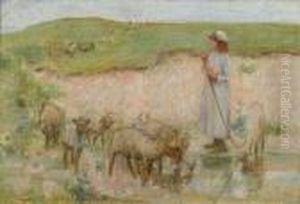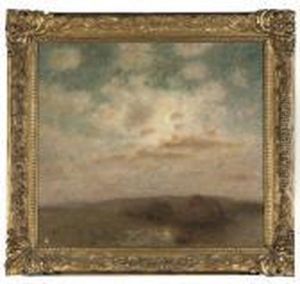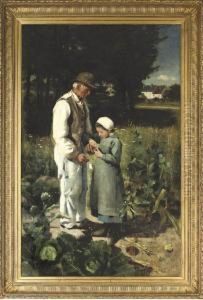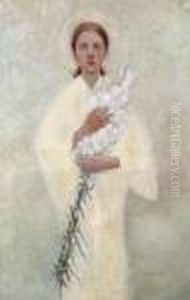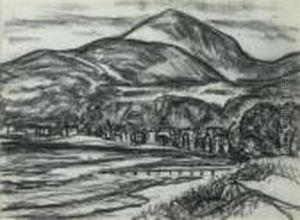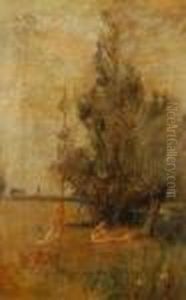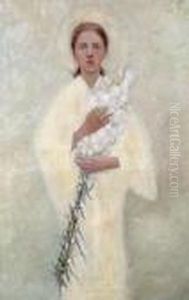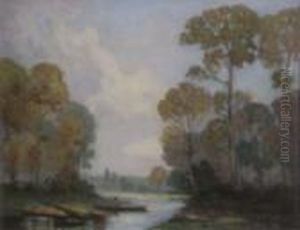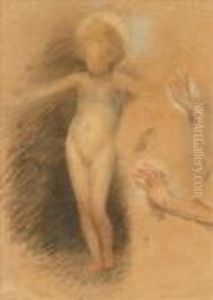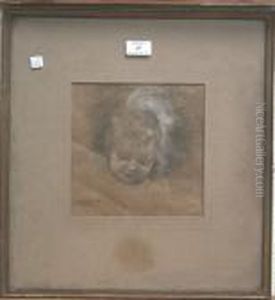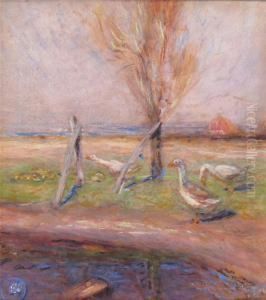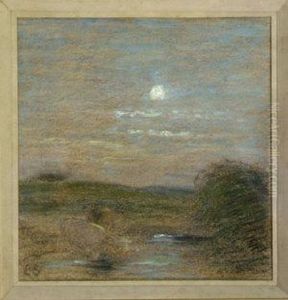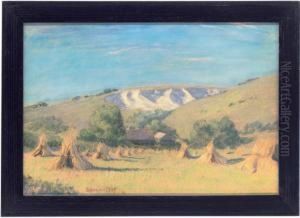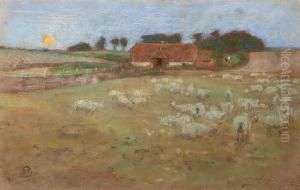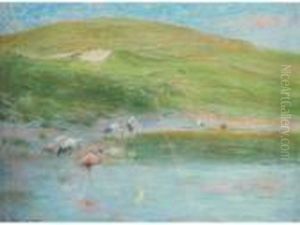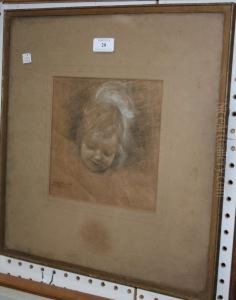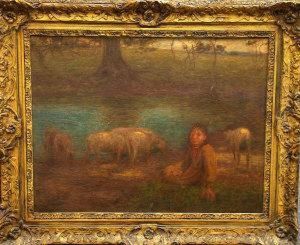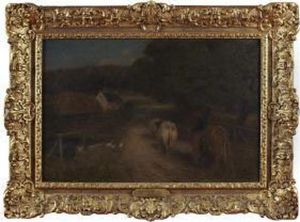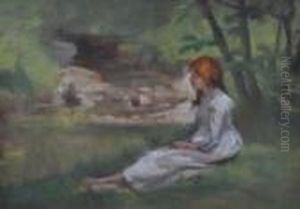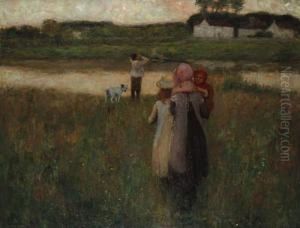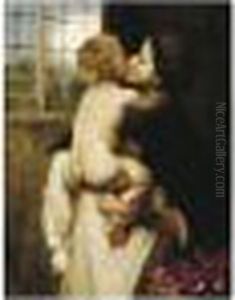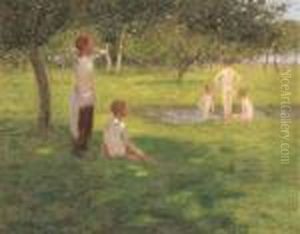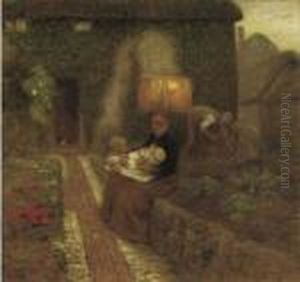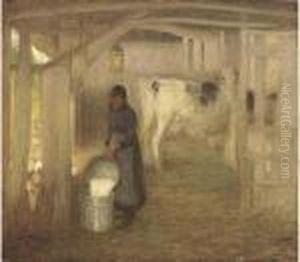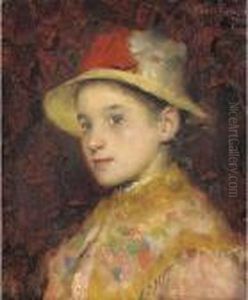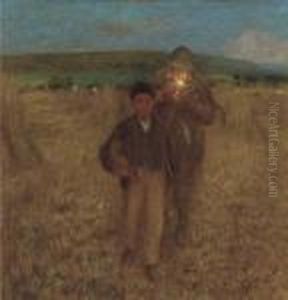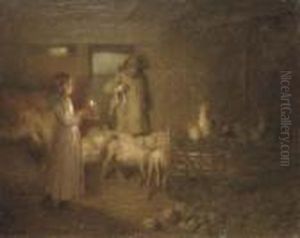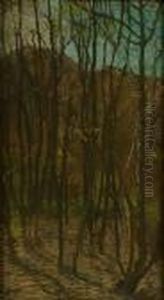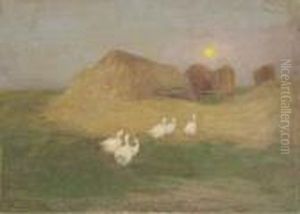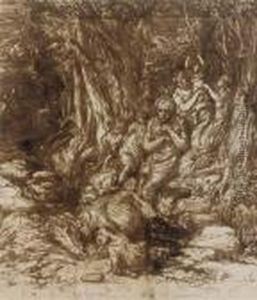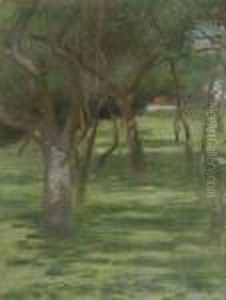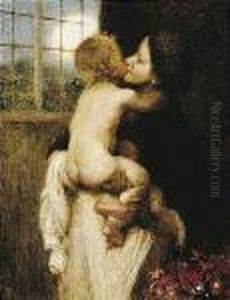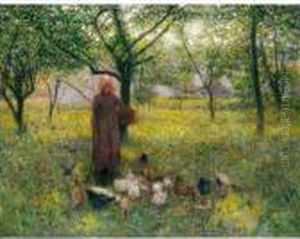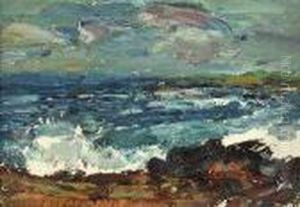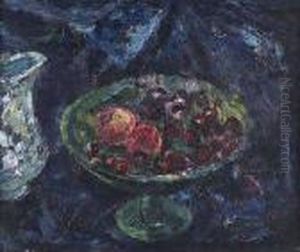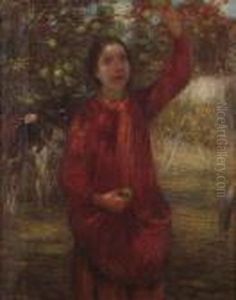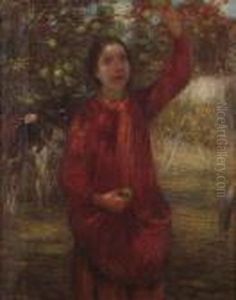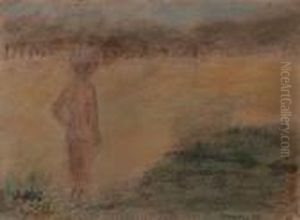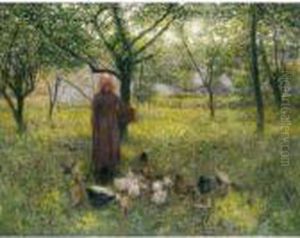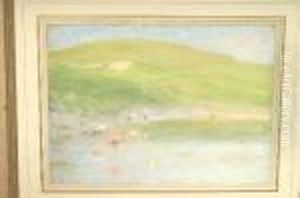Edward William Stott Paintings
Edward William Stott was an English painter, born on January 25, 1859, in Rochdale, Lancashire. He became renowned for his atmospheric landscapes that embodied a quiet, poetic sensitivity. Stott's artistic journey began at the Manchester School of Art, after which he proceeded to study in Paris at the École nationale supérieure des Beaux-Arts under the tutelage of Alexandre Cabanel. During his time in Paris, Stott was heavily influenced by the Impressionist movement, which was gaining prominence in the artistic circles of the time.
Stott's work was characterized by his subtle use of light and color, often focusing on twilight or evening scenes, which earned him the nickname 'the poet-painter of the twilight.' He was particularly adept at capturing the moods of the English countryside and rural life, imbuing his paintings with a sense of calm and serenity. After returning to England, Stott settled in Amberley, Sussex, where the pastoral landscape continued to inspire his work.
Throughout his career, Stott exhibited at various prestigious venues, including the Royal Academy, the Royal Society of British Artists, and the Grosvenor Gallery. His work received critical acclaim and was collected by several important patrons. Stott's approach to painting was somewhat traditional, resisting the more radical techniques of his contemporaries, yet his work exhibited a modern sensibility in its atmospheric quality and focus on natural light.
Later in his life, Stott became a member of the Royal Academy in 1906, which was a significant recognition of his contribution to British art. He continued to paint until his death on September 21, 1918. Today, Edward William Stott's paintings can be found in many public collections across the United Kingdom, including the Tate Gallery and the Victoria and Albert Museum. His legacy is that of a painter who captured the ethereal beauty of the English landscape with a distinctive and evocative style.
